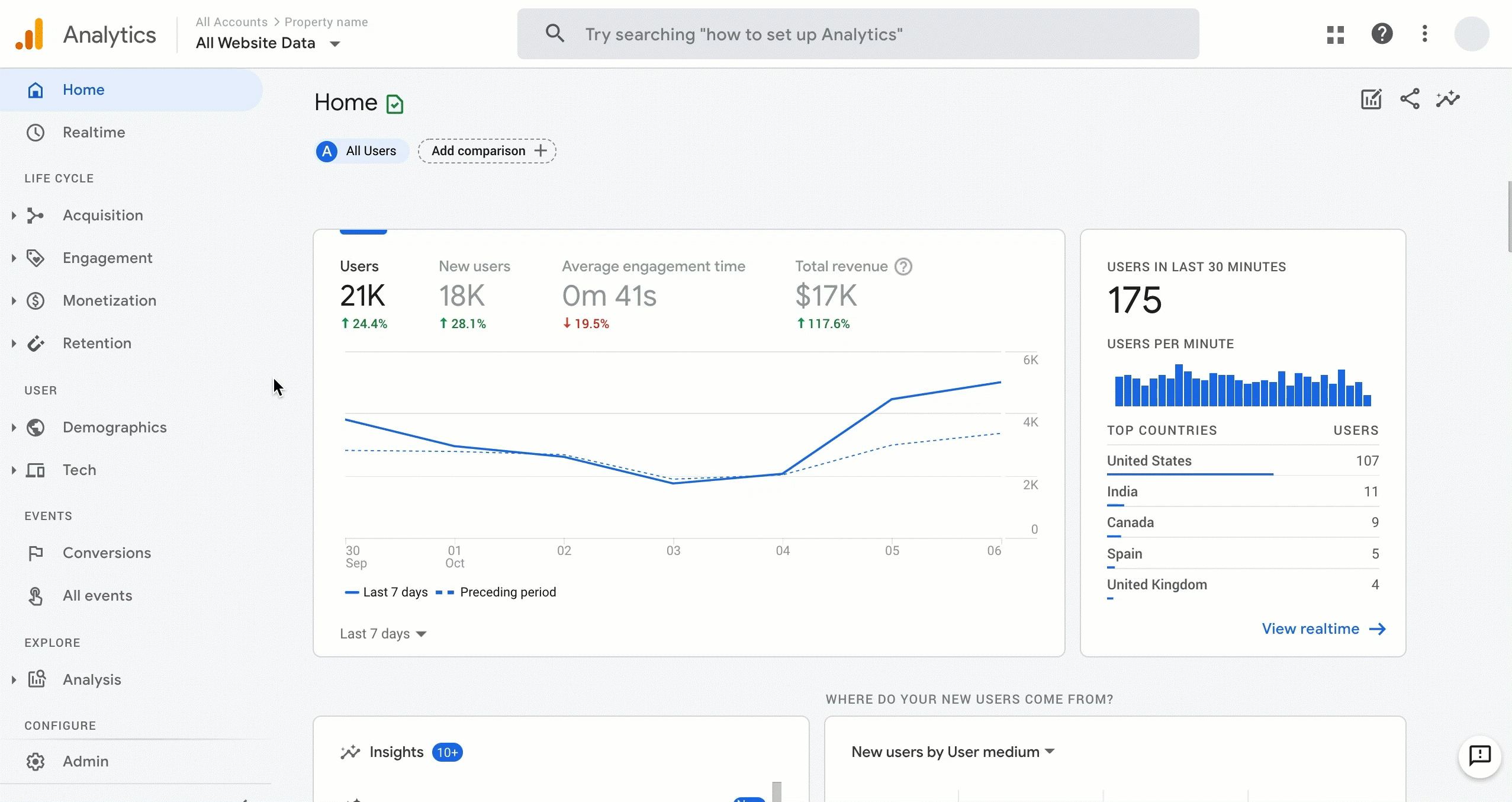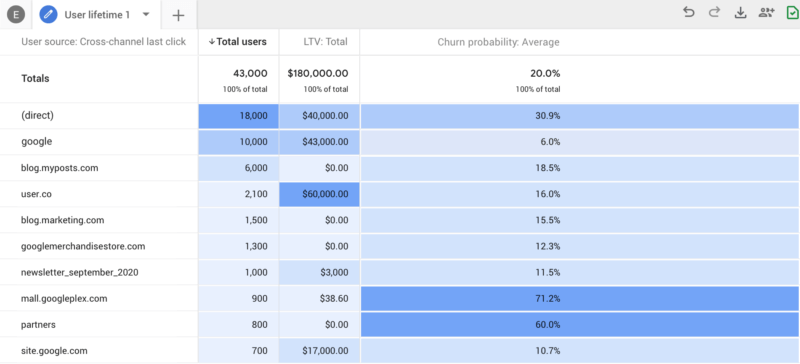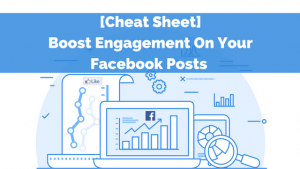The new Analytics adds AI-powered insights, tracks users across devices and provides more granular data controls.
The latest iteration of Google’s web analytics platform, dubbed Google Analytics 4, is now available. The new property type includes expanded predictive insights, deeper integration with Google Ads, cross-device measurement capabilities and more granular data controls.

The release, announced Wednesday, is an expansion and rebranding of the App + Web property launched last year and marks the first major step in evolving beyond Universal Analytics.
New AI-powered insights and predictions. While machine learning-powered insights in Analytics have been available for some time, the new insights and predictions making their way to Google Analytics 4 can automatically alert marketers to data trends such as surging demand for a product they sell.

This technology is also used to predict outcomes, such as churn rates and the potential revenue a business could earn from a particular segment of customers. Those insights can help marketers anticipate actions their customers might take in the future and focus on higher-value audiences.
Read: Welcome to the Predictive Marketing Era
Deeper audiences integration with Google Ads. Marketers can build and maintain audiences from their visitors across the web and their app. If a user qualified for an audience list due to an action taken on the web and were taken off a list because they completed a purchase within the app, for example, the list would then be automatically updated to remove the user so that they’re not retargeted with ads.

Additionally, Google Analytics 4 will report on actions from YouTube engaged views that occur in-app as well as on the web.
Customer lifecycle-framed reporting. One of the most striking differences between Analytics 4 and Universal Analytics is how reports are organized.
“We’ve reorganized all of the reports that had been in the App + Web beta, added a handful of additions, and now it’s organized around the customer lifecycle,’” Russell Ketchum, Group Product Manager, Google Analytics, told Search Engine Land.
The reports are designed to help marketers drill down into particular aspects of the customer journey. “For example, you can see what channels are driving new customers in the user acquisition report, then use the engagement and retention reports to understand the actions these customers take, and whether they stick around, after converting,” the company said.
The new Analytics experience also aims to give marketers a more complete view of how customers are engaging with their businesses across devices as well as channels. Marketers can provide Their own user ID or enable Google signals to deduplicate users across devices for reporting and ad targeting.
Codeless Event tracking. Expanded codeless features make it easier for marketers to track and measure on-site and in-app actions that matter — in real-time — such as a page scroll or video play, without having to add code or set up event tracking in Google Tag Manager. Within Universal Analytics, event tracking requires additional processing which includes latency, and the data is typically not available until the following day.
More granular user data controls. Analytics 4 also includes options to help advertisers comply with data regulations such as GDPR and CCPA.
Consent mode is designed for sites that have to obtain end-user consent to collect analytics data. This new mode provides separate consent opt-ins for analytics and ads. “Without this level of granularity in the previous version [of Google Analytics], what we were seeing customers do is simply exclude analytics wholesale, and so for that given user, the value of the Analytics product to our customer wasn’t there,” said Ketchum.

Data deletion capabilities are also improved, enabling businesses to comply with deletion requests from users without having to remove more data than ncessary. These features will also include a preview mode for businesses to verify the data they’re about to remove.
Analytics in a cookie-less future. As third-party cookies are phased out, Google anticipates that data sparsity will become the new norm. It will rely on machine learning to fill in the data gaps.
“The norm is that we’re going to have a mixed set of data: We’ll have event data but not necessarily a user identifier associated with it. We’ll have gaps in data altogether and this is going to be true of all of all measurement providers,” Ketchum said, adding, “We don’t have any specific announcements on this today, but as we get into next year, we’re going to be using machine learning modeling to support various modes of analysis in Google Analytics.”
“We’ll have the ability to have different modes that maybe emphasize the user analysis side of it less, but focus more on the behavioral,” he provided as an example.
Why we care. The new Google Analytics 4 property provides a more complete cross-channel view of the customer lifecycle and puts that information to use with predictive marketing features, providing marketers with more information and efficient ways to act on those insights.
Google Analytics 4 will be the default option when you set up a new property. The previous iteration, Universal Analytics, will continue to remain available, but Google recommends site owners set up both property types and run them in parallel. New feature development will be focused on GA4.
Marketing Land – Internet Marketing News, Strategies & Tips
(30)








